
Below are some past expeditions featured on the OceanExplorer.NOAA.gov website that included the investigation of deep-sea corals.
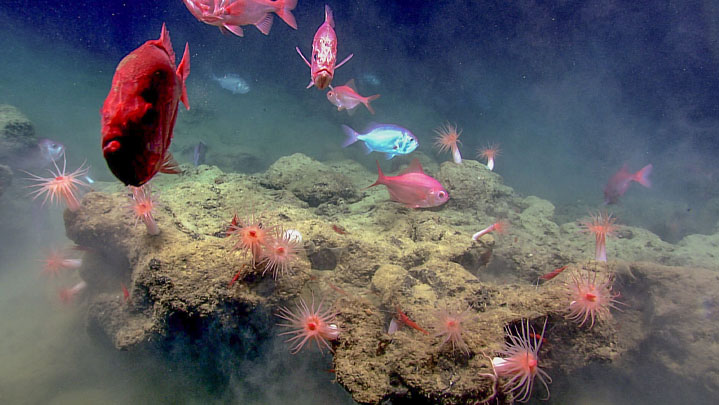
May through August 2022, NOAA and partners conducted Voyage to the Ridge 2022, a series of three telepresence-enabled ocean exploration expeditions on NOAA Ship Okeanos Explorer that included mapping operations and remotely operated vehicle dives to collect baseline information about unexplored and poorly understood deepwater areas of the Charlie-Gibbs Fracture Zone, Mid-Atlantic Ridge (MAR), and Azores Plateau. Along the MAR, spectacular hydrothermal vents may form where magma provides heat as it rises to the seafloor. These vents are known to support diverse chemosynthetic communities.
Read more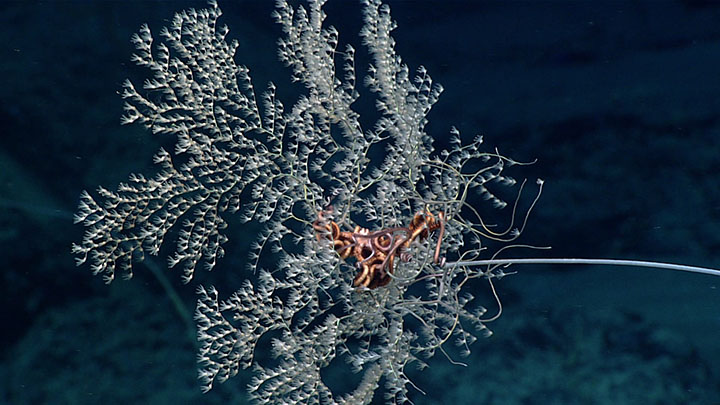
From October 26 to November 15, NOAA Ocean Exploration and partners conducted a telepresence-enabled ocean exploration expedition on NOAA Ship Okeanos Explorer. The Windows to the Deep 2021: Southeast ROV and Mapping expedition collected critical information about unexplored and poorly understood deepwater areas of the Blake Plateau region of the North Atlantic Ocean. This foundational information will encourage further exploration and research and inform resource management decisions and activities in the region.
Read more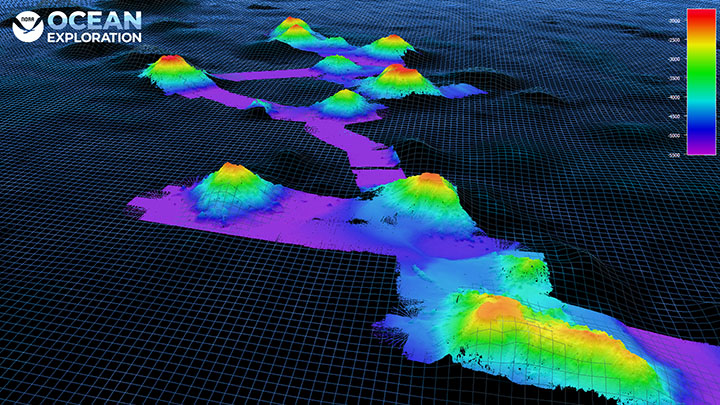
From June 30 through July 29, 2021, NOAA Ocean Exploration and partners conducted the 2021 North Atlantic Stepping Stones: New England and Corner Rise Seamounts expedition, a telepresence-enabled ocean exploration expedition on NOAA Ship Okeanos Explorer to collect critical baseline information about unknown and poorly understood deepwater areas off the eastern U.S. coast and high seas.
Read more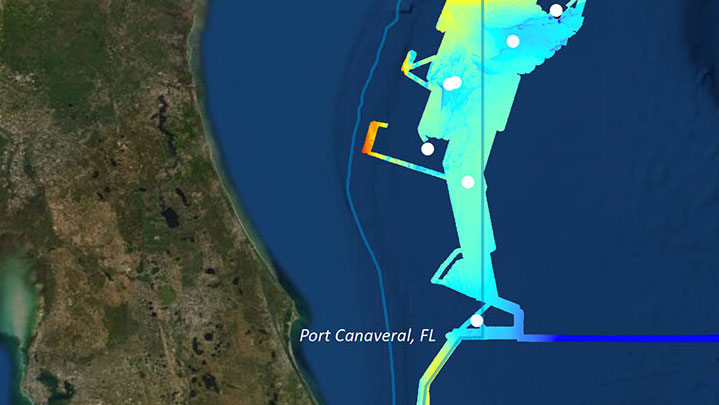
From October 31 through November 20, 2019, NOAA and partners will conduct the second part of a two-part telepresence-enabled ocean exploration expedition on NOAA Ship Okeanos Explorer to collect critical baseline information about unknown and poorly understood deepwater areas of the U.S. Southeast.
Read more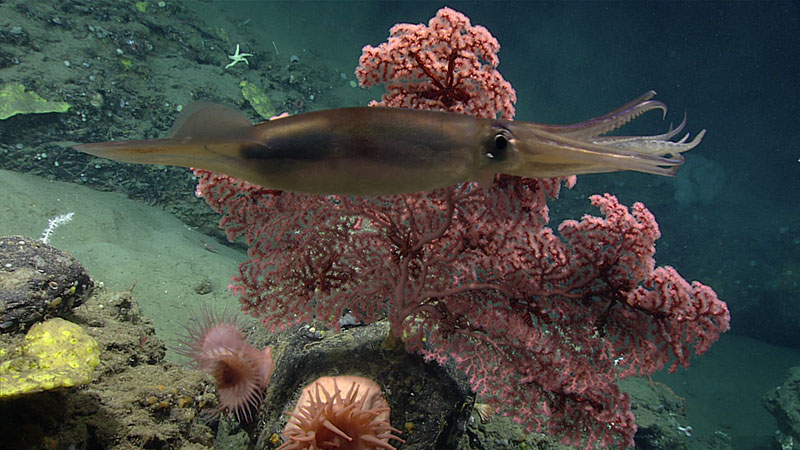
Deep Connections 2019: Exploring Atlantic Canyons and Seamounts of the United States and Canada was a two-part, telepresence-enabled ocean exploration expedition. The overarching purpose of the expedition was to collect critical baseline information about unknown and poorly understood deep water areas of the U.S. and Canadian Atlantic continental margin.
Read more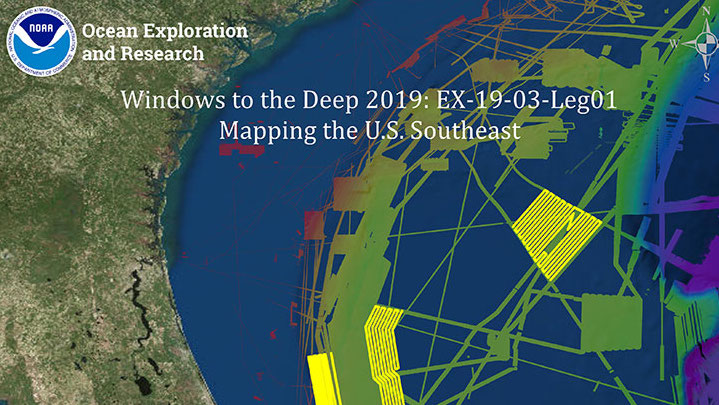
From May 30 through July 12, 2019, NOAA and partners conducted a two-part, telepresence-enabled ocean exploration expedition on NOAA Ship Okeanos Explorer to collect critical baseline information about unknown and poorly understood deepwater areas of the southeastern United States.
Read more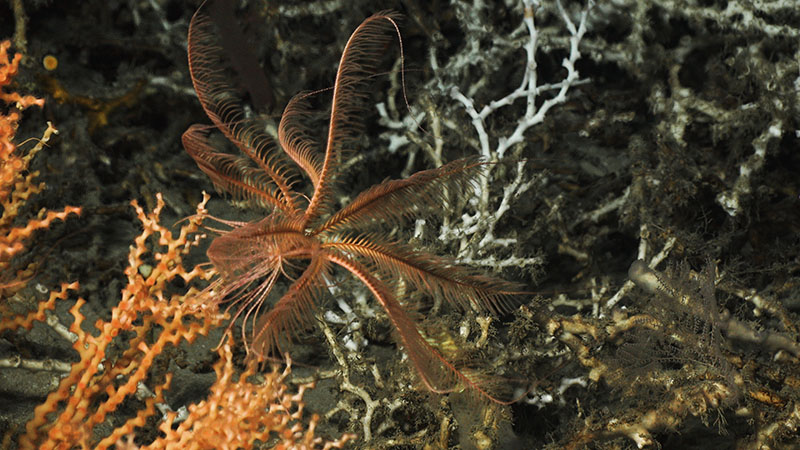
The 2019 DEEP SEARCH mission was a great success. We battled some stormy weather that forced us to run and adapt our plans, but the whole team worked together and did an exceptional job in pulling off this complex research expedition.
Read more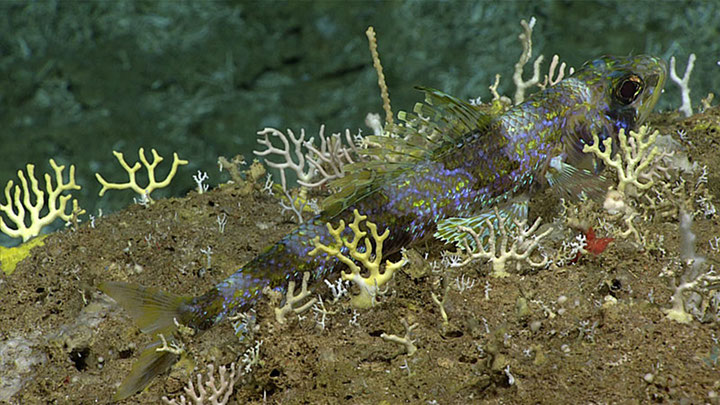
Océano Profundo 2018: Exploring Deep-Sea Habitats off Puerto Rico and the U.S. Virgin Islands was a 22-day telepresence-enabled expedition on NOAA Ship Okeanos Explorer to collect data on priority exploration areas identified by the ocean management and scientific communities.
Read more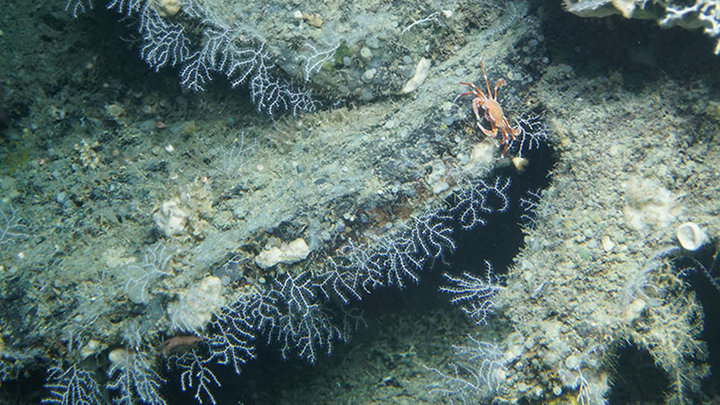
Although it was relatively short, this was an incredibly successful research expedition. We learned a lot about the different habitats in the study area between Virginia and Georgia. The R/V Atlantis mapped large areas of the ocean floor and helped us sample the waters of the Gulf Stream and Atlantic Ocean.
Read more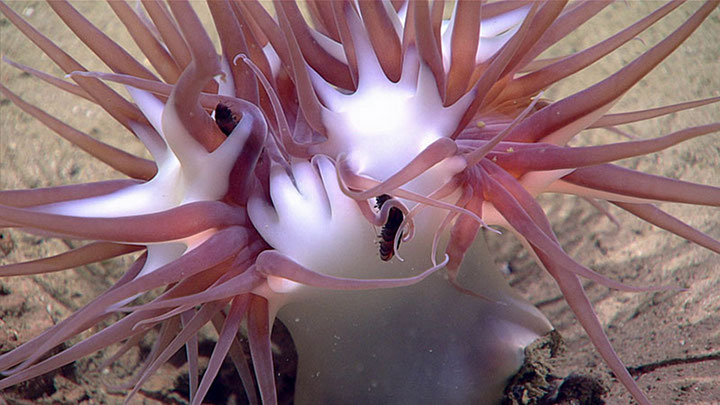
Windows to the Deep 2018: Exploration of the Southeast U.S. Continental Margin was a two-part, 36-day telepresence-enabled expedition on NOAA Ship Okeanos Explorer to collect data on priority exploration areas identified by the ocean management and scientific communities.
Read more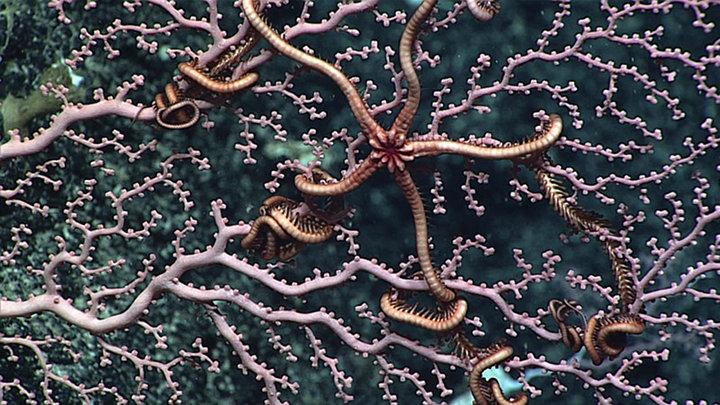
The goal of this expedition was to provide our first glimpse of the deepwater communities within the largest and deepest UNESCO World Heritage Site on Earth, the Phoenix Islands Protected Area.
Read more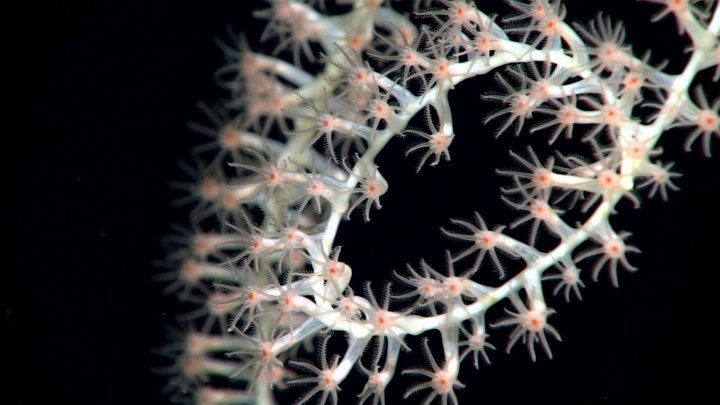
From November 29 through December 21, 2017, a team of scientists and technicians, both at-sea and shore-based, conducted exploratory investigations into the diversity and distribution of deep-sea habitats and associated marine communities in the Gulf of Mexico basin.
Read more
On this first cruise of the DEEP Sea Exploration to Advance Research on Coral/Canyon/Cold seep Habitats (DEEP SEARCH) program, scientists used a combination of mapping with water column profiling and sampling to improve knowledge of the geology along the U.S. continental margin, the types of communities found on the seafloor, and the mid-water communities that interact with those seafloor communities.
Read more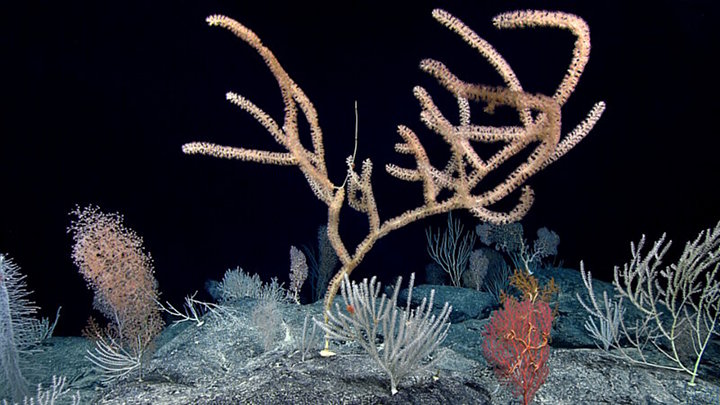
From September 6 to 30, 2017, NOAA and partners conducted a telepresence-enabled ocean exploration expedition on NOAA Ship Okeanos Explorer to collect critical baseline information about unknown and poorly understood deepwater areas around the Musicians Seamounts and the Hawaiian Islands.
Read more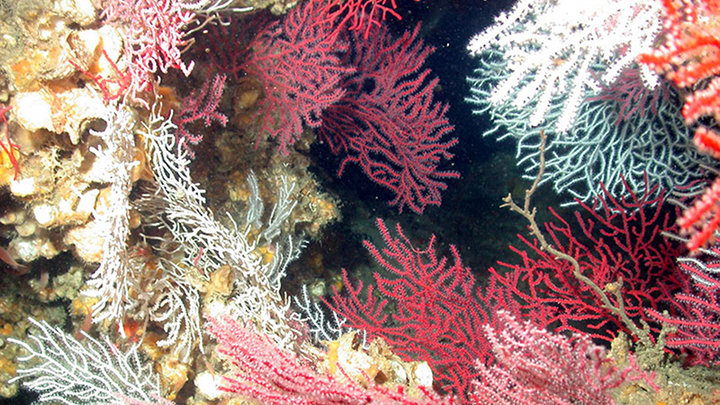
In August 2017, NOAA's National Centers for Coastal Ocean Science led an 18-day expedition aboard NOAA Ship Nancy Foster to map, survey, and sample deep-sea coral ecosystems in the eastern Gulf of Mexico and the South Atlantic Bight.
Read more
The Mountains in the Deep: Exploring the Central Pacific Basin expedition was a 23-day telepresence-enabled expedition to collect critical baseline information about unknown and poorly known deepwater areas of the Jarvis Island Unit and the Kingman Reef and Palmyra Atoll Unit of the Pacific Remote Islands Marine National Monument, now known as Pacific Islands Heritage Marine National Monument; around Marae Moana (Cook Islands Marine Park); and the high seas.
Read more
In 2017, scientists conducted this 23-day expedition to collect baseline information about deepwater areas in the Pacific Remote Islands Marine National Monument, American Samoa, the Phoenix Islands Protected Area, and the waters around New Zealand's Territory of Tokelau.
Read more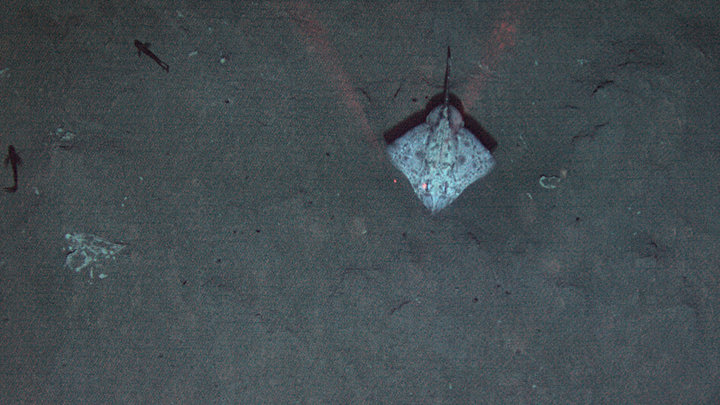
Scientists are finding that canyons significantly support deepwater coral communities, as well as other organisms. In the summer of 2016, explorers investigated three deepwater canyons off the coast of North Carolina to better understand coral and sponge habitats and distribution.
Read more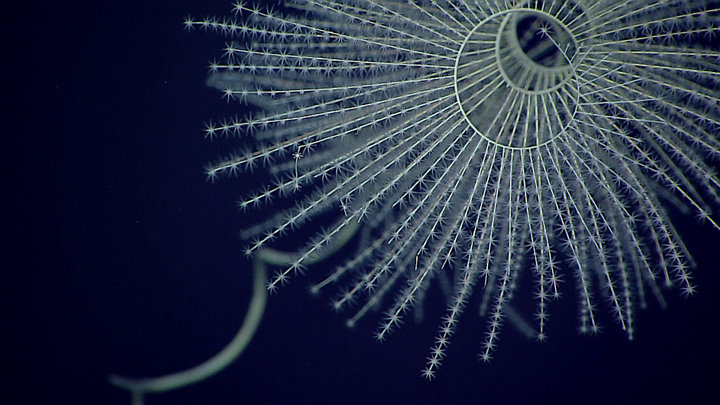
In the summer of 2016, NOAA investigated the largely uncharted deep-sea ecosystems and seafloor in and around the Wake Atoll Unit of the Pacific Remote Islands Marine National Monument. During this expedition, at-sea and shore-based science teams worked together to make some of the first deepwater scientific observations ever in this area.
Read more
Scientists investigated and documented deepwater environments in and around the Commonwealth of the Northern Mariana Islands and the Marianas Trench Marine National Monument.
Read more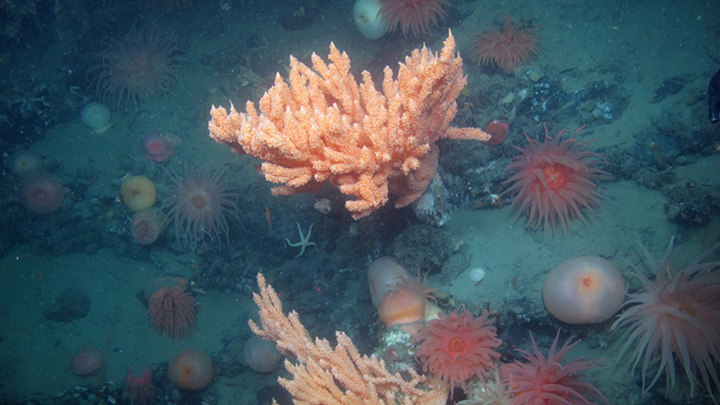
The main objective of this March 2016 expedition was to investigate and document poorly understood areas of Glacier Bay National Park. Explorers collected critical data to help understand how climate variability and change impact the marine environment and when coral first began to occur in the region.
Read more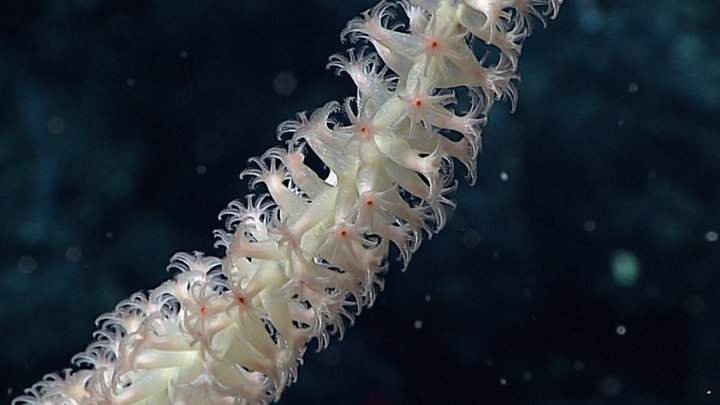
Scientists continued the 2016 Hohonu Moana expedition efforts to explore deep-water habitats in and around Papahānaumokuākea Marine National Monument. The expedition included work on seamounts in the Mid-Pacific Mountains while en route to port in Kwajalein.
Read more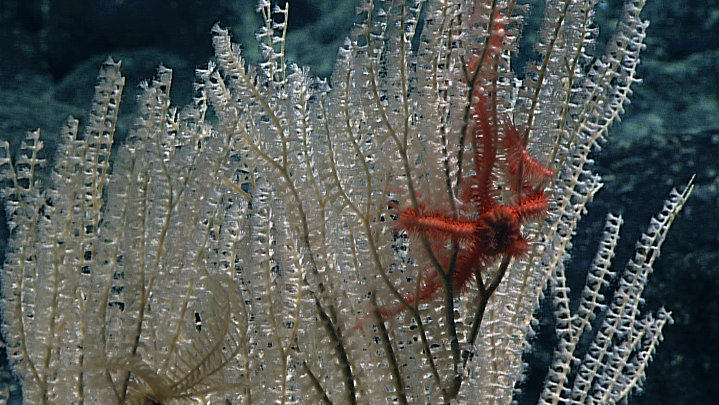
In the summer of 2015, NOAA explored largely unknown deep-sea ecosystems in the Hawaiian Archipelago and offshore Johnston Atoll.
Read more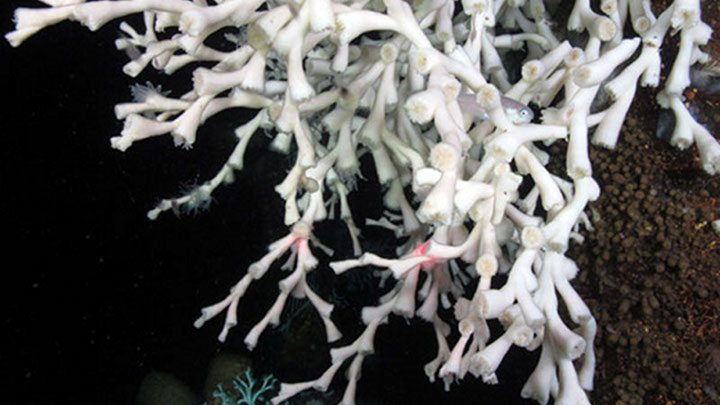
Scientists aboard the Research Vessel Brooks McCall set off on their fifth and final expedition to investigate the deepwater coral communities of the Gulf of Mexico.
Read more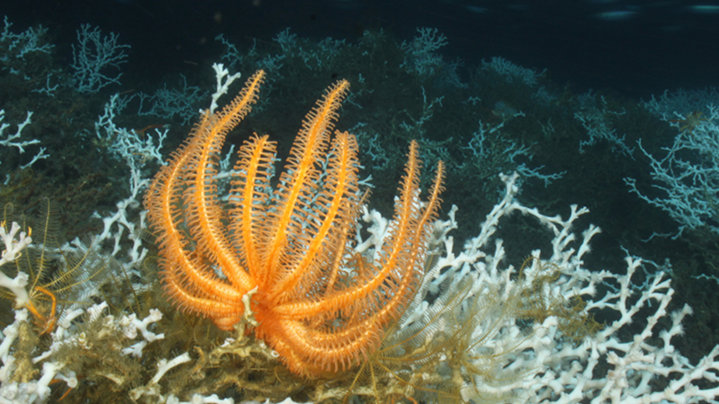
Scientists aboard NOAA Ship Ronald H. Brown set off on their fourth expedition to investigate the deepwater coral communities of the Gulf of Mexico.
Read more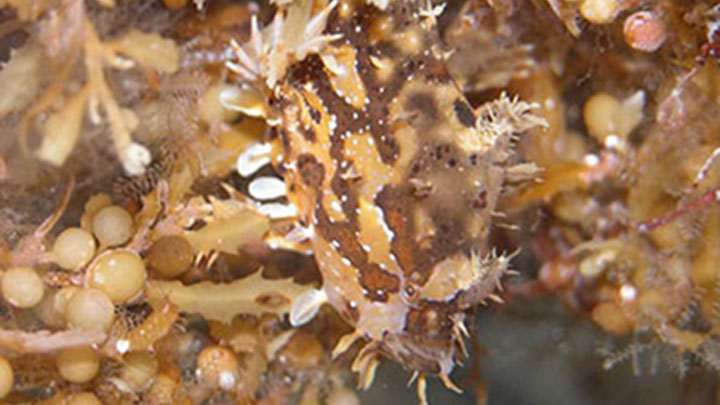
Scientists returned to the waters off the East Coast of the United States to explore the continental slope coral ecosystems. Increasing evidence shows that deepwater corals are important fish habitats, hold information on ocean climate and productivity, and are hotspots for biodiversity.
Read more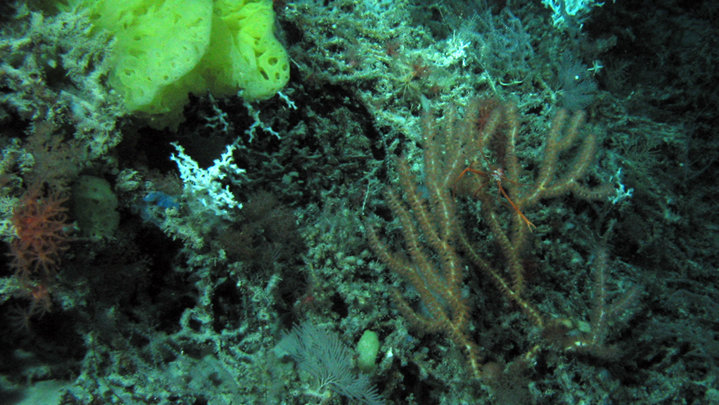
Unlike shallow-water tropical reefs, deepwater reefs are not well known. The data gathered during the Florida Coast Deep Corals 2005 expedition provided a strong foundation of information on the deepwater coral ecosystems off the Florida coast.
Read more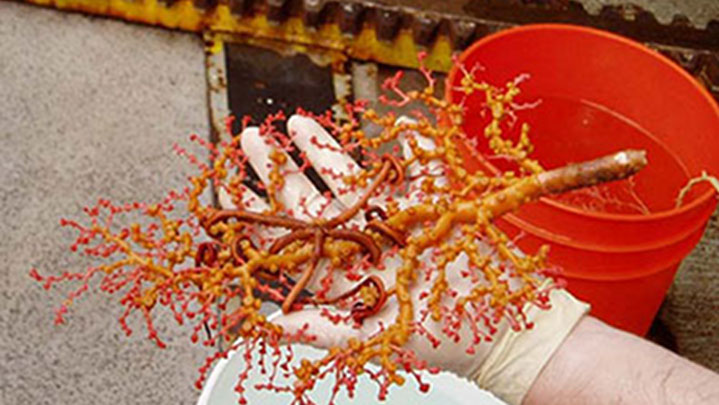
With the help of the Alvin submersible, a multidisciplinary team of scientists and educators visited several little known seamounts in the North Atlantic, along with at least one previously unexplored seamount, to study various aspects of deep-sea octocorals and other organisms living on and around the seamounts.
Read more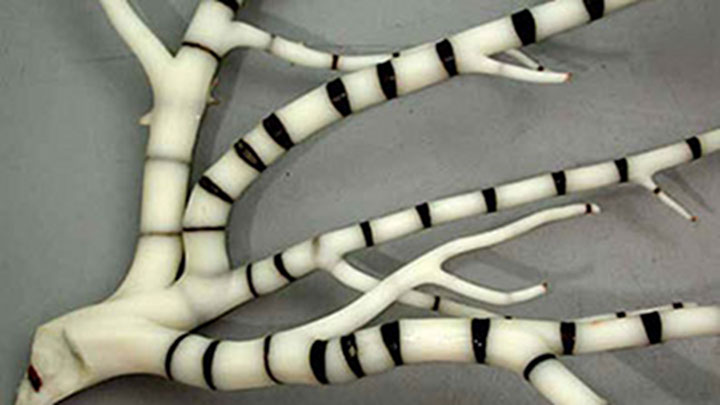
Four scientific investigations to study the continental shelf break and slope from the eastern coast of Florida to North Carolina – an area known as the South Atlantic Bight. The expedition focused on the characterization of deep-reef habitats, with particular emphasis on the discovery, exploration, and description of reef fish spawning sites; exploration of the unique outer shelf and slope habitats off the Carolinas; discovery of new resources with pharmaceutical potential; and exploration of vision and bioluminescence in the deep-sea benthos.
Read moreThe above items are only a selection of the educational materials highlighting deep-sea corals on our website.
View More